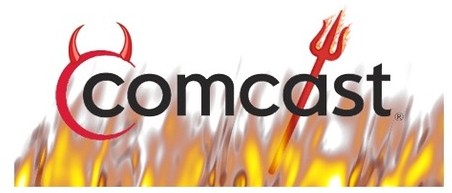 Washington State Attorney General Bob Ferguson filed a $100 million lawsuit today against Comcast Corporation in King County Superior Court, alleging the company’s own documents show a pattern of illegally deceiving customers to fatten their bottom line by tens of millions of dollars.
Washington State Attorney General Bob Ferguson filed a $100 million lawsuit today against Comcast Corporation in King County Superior Court, alleging the company’s own documents show a pattern of illegally deceiving customers to fatten their bottom line by tens of millions of dollars.
The lawsuit claims Comcast violated Washington’s Consumer Protection Act (CPA) at least 1.8 million times as the cable operator misrepresented what is covered under its “Service Protection Plan,” improperly charged customers service call fees when they should have been free, and violated customer privacy by engaging in improper credit screening.
At least 500,000 Washington residents are victims of Comcast’s deceptive acts, the lawsuit alleges.
“This case is a classic example of a big corporation deceiving its customers for financial gain,” Ferguson said. “I won’t allow Comcast to continue to put profits above customers — and the law.”

Ferguson
Comcast routinely claims its $4.99/mo “comprehensive” service plan covered the cost of all service calls, including those related to inside wiring, customer-owned equipment connected to Comcast services and on-site education about products. That is, unless a customer wanted the wiring hidden by installing it inside a wall, which the majority of customers want. A so-called “wall fish” is not covered by Comcast’s plan, even though 75% of the time, Comcast representatives told state investigators the plan did cover all inside wiring.
It turns out many other things are not covered by Comcast’s “comprehensive” plan, including consumer-owned equipment troubleshooting and repairs involving cable jumpers, splitters, and other types of connectors. Some customers were billed for an entire service call if an excluded item happened to be checked by a Comcast technician. Ferguson claims Comcast does all it can to keep the fine print revealing the exclusions away from customers. Comcast does not offer customers enrolling in the plan a printed terms and conditions brochure or point to one on its website. Customers must dig around Comcast’s website to find the terms on their own. Just enrolling in the plan automatically gives Comcast a customer’s consent to whatever terms and conditions are in effect at the time.
Comcast also has a habit of charging Washington customers for trouble-related service calls that should have been free, the lawsuit alleges.
Comcast’s so-called “Customer Guarantee” promises that the company “won’t charge you for a service visit that results from a Comcast equipment or network problem.” Comcast discloses no limitations on this guarantee. But state investigators discovered Comcast routinely charged thousands of customers for service calls involving Comcast’s own equipment or service problems. Customers were also billed for service calls involving defective Comcast-supplied HDMI and component cables, cable cards, and installations of drop amplifiers, commonly installed to resolve a signal problem when Comcast’s network is not functioning properly.
 Comcast allegedly facilitated the service call charges until approximately June 2015 by encouraging technicians to use a service call “fix code” that permitted Comcast to “add service charges to a normally not charged fix code.” That allowed technicians to properly track Comcast’s own network troubles yet still charge customers to roll a truck to their home, even when the service call should have been free.
Comcast allegedly facilitated the service call charges until approximately June 2015 by encouraging technicians to use a service call “fix code” that permitted Comcast to “add service charges to a normally not charged fix code.” That allowed technicians to properly track Comcast’s own network troubles yet still charge customers to roll a truck to their home, even when the service call should have been free.
Finally, as many as 6,000 Washington residents saw their credit scores drop after Comcast engaged in improper credit screening, causing a “hard pull” on credit reports which can negatively impact credit scores, at least temporarily.
Comcast requires an equipment deposit, but it is usually waived for customers with an adequate credit score. But the AG’s office uncovered at least 6,000 occasions where customers paid an equipment deposit, despite their high credit score. Ferguson’s office claims this indicates either:
- customers “opted out” of a credit check and paid the deposit instead to avoid a credit score hit appearing on their credit report, only to have Comcast run one anyway; or
- customers were forced to pay the deposit despite their high credit score, contrary to Comcast’s policy.
The case is the first in the nation of this size and scope, and comes after Ferguson spent more than a year trying to work with Comcast. Ferguson said he was not satisfied with Comcast’s response and filed the lawsuit.
For violating Washington’s Consumer Protection Act, the Attorney General’s Office is seeking:
- More than $73 million in restitution to pay back Service Protection Plan subscriber payments;
- Full restitution for all service calls that applied an improper resolution code, estimated to be at least $1 million;
- Removing improper credit checks from the credit reports of more than 6,000 customers;
- Up to $2,000 per violation of the Consumer Protection Act; and
- Broad injunctive relief, including requiring Comcast to clearly disclose the limitations of its Service Protection Plan in advertising and through its representatives, correct improper service codes that should not be chargeable and implement a compliance procedure for improper customer credit checks.


 Subscribe
Subscribe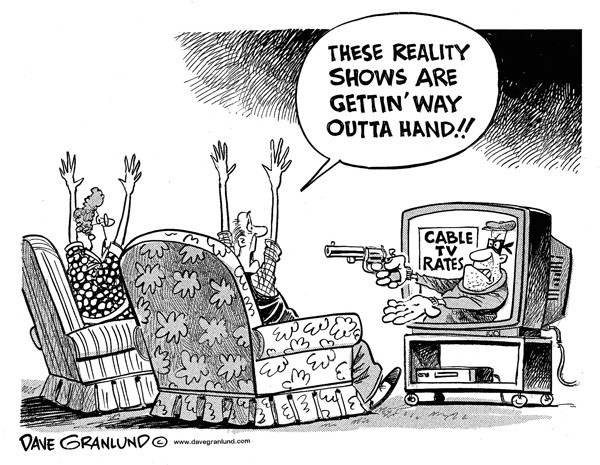 The Federal Communications Commission
The Federal Communications Commission 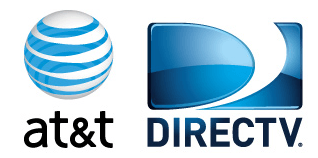 Polka pointed to AT&T’s acquisition of DirecTV as an example of how disproportionate fees cost small independent cable companies much more on a per-subscriber basis than telecom giant AT&T has to pay for almost 20 million DirecTV satellite customers.
Polka pointed to AT&T’s acquisition of DirecTV as an example of how disproportionate fees cost small independent cable companies much more on a per-subscriber basis than telecom giant AT&T has to pay for almost 20 million DirecTV satellite customers.![This spring, The Consumerist broke down a typical AT&T U-verse bill loaded in junk fees and surcharges. (The RED numbers [1, 4-10, 13-14, 17-20, 22] are AT&T-originating fees; BLUE numbers [2-3, 11-12, 15-16, 21, 23-25] are government fees)](https://stopthecap.com/wp-content/uploads/2016/06/att-fees-640x926.png)

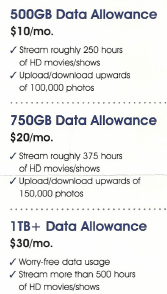 Like some data caps of the past, TDS is giving customers a small break by remaining unlimited during the overnight hours, but for many customers, it won’t be enough to prevent a higher broadband bill.
Like some data caps of the past, TDS is giving customers a small break by remaining unlimited during the overnight hours, but for many customers, it won’t be enough to prevent a higher broadband bill. Stop the Cap! has learned customer complaints about Suddenlink Communications’ data caps have made an impact, and the company is planning to rollout a new campaign starting April 1 allowing premium customers to get their unlimited data back, eventually at a price.
Stop the Cap! has learned customer complaints about Suddenlink Communications’ data caps have made an impact, and the company is planning to rollout a new campaign starting April 1 allowing premium customers to get their unlimited data back, eventually at a price.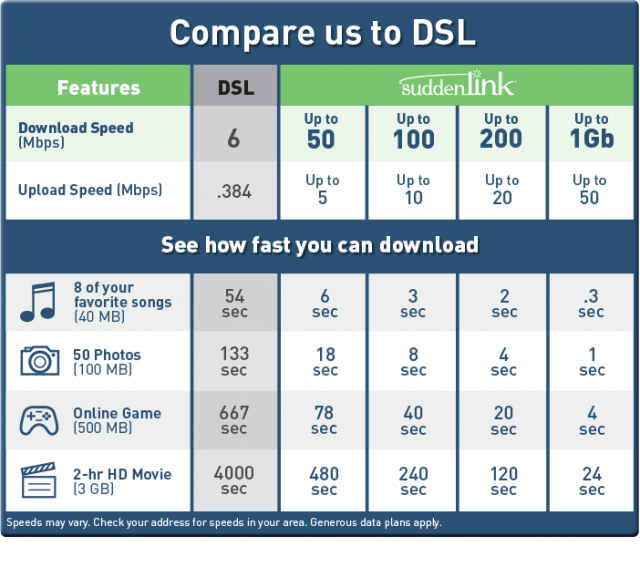 Customers will need to call Suddenlink to sign up for the offer (we’ve reached out to the company to learn the details we will share if we receive them), which provides unlimited service free for the first year. In year two, unlimited will cost $5 extra a month and after the second year Suddenlink will charge customers $10 extra.
Customers will need to call Suddenlink to sign up for the offer (we’ve reached out to the company to learn the details we will share if we receive them), which provides unlimited service free for the first year. In year two, unlimited will cost $5 extra a month and after the second year Suddenlink will charge customers $10 extra.

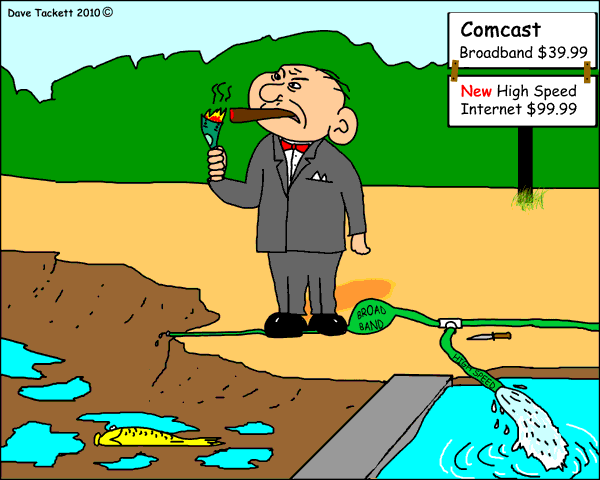 Stop the Cap! has received a growing number of complaints from Comcast customers in Georgia who are paying the cable company an extra $35 a month to get back unlimited Internet access that is performing worse than ever before for online video streaming.
Stop the Cap! has received a growing number of complaints from Comcast customers in Georgia who are paying the cable company an extra $35 a month to get back unlimited Internet access that is performing worse than ever before for online video streaming.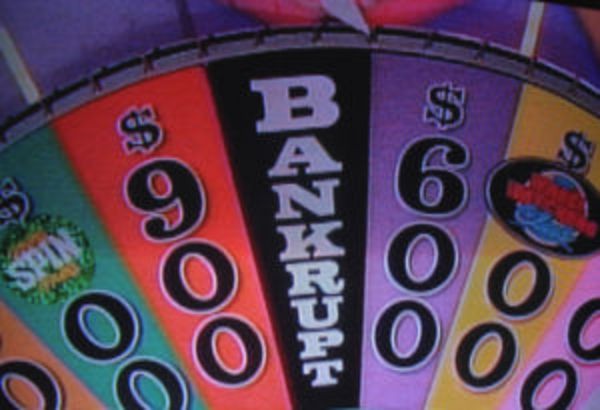
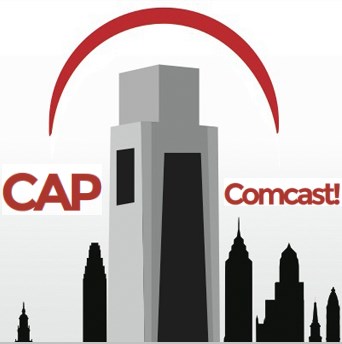 Jeff Wemberly reports his Comcast usage meter is recording unprecedented levels of usage he has never seen on his broadband account before the caps.
Jeff Wemberly reports his Comcast usage meter is recording unprecedented levels of usage he has never seen on his broadband account before the caps.